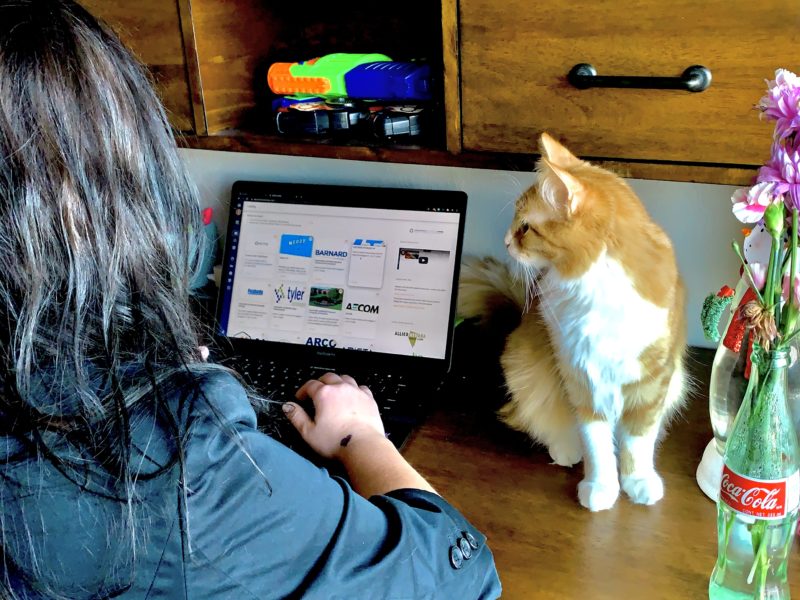For those who have not heard of the Jussie Smollett incident, here is a short explanation of the events so far. On Jan. 22, a letter was sent to the studio of the show Empire, which Smollett stars in, seemingly threatening Smollett’s life in an envelope with MAGA written on it. On Jan. 29, Chicago police opened an investigation into a supposed hate crime against Smollett. According to their records, Smollett claimed two men who approached him late at night shouted slurs, poured chemicals on him, and wrapped a noose around his neck. Then, in a second interview, Smollett claimed that his attackers yelled “This is MAGA country” at him. After this information was released to the public, social media erupted in a storm of outrage against what had happened with many pointing fingers at Trump supporters. Then on Feb. 16, two Nigerian brothers, who were taken into custody as persons of interest, admitted to officers that Smollett had paid them to participate in the attack, later providing a check in Smollett’s name.
Finally, on Feb. 20, the Illinois state attorney filed a disorderly conduct charge against Smollett for filing a false report. Smollett turned himself in the next day.
It is important to note that as of now, not everything is known about what transpired. Until the trial is over, it is advisable not to jump to any conclusions just yet. With that said, what is known so far has justifiably shifted public opinion on the event to rampant criticism of Smollett and the outlets that initially took the claim and ran with it. Yet, for some, this incident drew many parallels to a similar incident that transpired three years ago. On June 27 2016, a British YouTuber named Calum McSwiggan was arrested on suspicion of vandalizing a man’s vehicle. While in police custody he was seen beating himself up with a payphone.
Later that day, he posted a photo to Instagram of him in the hospital, claiming that his injuries were the result of a hate crime. This quickly took off with many jumping to defend him. It wasn’t until later that the police report was released and McSwiggan entered a plea deal. While the McSwiggan incident was not nearly as premeditated or resource-heavy as the Smollett incident, it is important to note the key similarity between the two: both involved the use of social media to garner support and instigate outrage. However, the Smollett incident is particularly special because it was designed to implicate a specific group instead of just getting oneself out of a sticky situation. So how do these events escalate to such a level, and what is the consequences of the mass hysteria they generate?
For events like these to reach such an extreme level, the instigator must first have a massive and dedicated following. They must also be in some sort of minority. For the case of McSwiggan, he was a prominent LGBTQ+ influencer, while Smollett was both LGBTQ+ and African American. It is also important to note that law enforcement investigations are perfect for these events because they are forced to keep quiet about their investigations until they have solidified their findings. This way, a small flame is able to turn into a massive wildfire. But what
is the plan after this? Do the people who start the fire have plans for the times after everything burns down? Unless it becomes possible to look into their minds directly, this is a question that cannot be answered. Smollett claims that this event was done to improve his salary on Empire, yet prior to this he had never entered talks with the studio to increase his salary. For McSwiggan it is somewhat easier to figure out. He was a foreigner who committed a crime. He was attempting to get ahead of the incident by getting the public to rush to his aid. Yet both of these cases failed miserably with McSwiggan being forced to pay damages and take anger management counseling sessions while Smollett has, at the time of this writing, already been fired from Empire with a trial in the works.
So, then what about the consequences of their actions? At the very worst, it justifies questioning those who go public with hate crime accusations. Those who immediately rushed to defend them now have reason to question the validity of the claims. This could have even more grave consequences as many valid claims could be ignored in the future under this justification. It also allows those who claim hate crimes are not an issue in modern America to seemingly add validity to their claims. Nothing is ever gained from making these claims and an already divided America becomes even more divided over such issues.
So how can these issues be avoided in the future? Simply put, the fix is on a user by user basis. It is important to be wary of information generated by the outrage machine of social media. When in doubt, wait and see how things turn out. Jumping to conclusions on either side of the argument is dangerous and can lead to further division on both a national and personal scale. Feeding the outrage can only lead to further issues.


'Social media: the great outrage machine' has no comments
Be the first to comment this post!